Are you struggling to understand Container Shipping Costs from China to South Africa in 2025? As global trade dynamics evolve and economic factors continue to shift, mastering the true expenses of ocean freight has never been more vital for importers and supply chain managers. From fluctuating freight rates and new regulatory fees to changing market demand, knowing what drives shipping costs is key to maintaining profitability. In this comprehensive guide, we’ll break down the core components, latest cost trends, and actionable tips to help you navigate the complexities of shipping containers from China to South Africa with confidence. Let’s empower your business to make smarter, cost-effective shipping decisions for 2025 and beyond.

Understanding Container Shipping Costs from China to South Africa
Container shipping serves as a pivotal means of transporting goods across international borders, particularly in the dynamic trade between China and South Africa. This method of shipping utilizes standardized containers, which enhances efficiency and security during transit. These containers can be loaded onto various modes of transport, including ships, trucks, and trains, allowing for seamless intermodal transfers.
Globally, container shipping is responsible for moving about 90% of the world’s trade volume, highlighting its critical role in commercial exchanges. As economies continue to globalize, the demand for reliable and cost-effective container shipping services has surged, making it essential for businesses to understand the intricacies involved in shipping goods, especially from manufacturing hubs like China to emerging markets such as South Africa.
Importance of Container Shipping in Global Trade
Container shipping is not merely about transporting products; it’s a cornerstone of global supply chains. The scalability of this shipping method enables businesses of all sizes to engage in international trade, irrespective of their geographical location. For importers in South Africa, sourcing products from China can lead to significant cost savings and access to a broader range of goods.
Moreover, the flexibility of container shipping allows for various shipping options tailored to the needs of different businesses. Importers can choose between different container sizes, shipping speeds, and service levels based on their budget and urgency. With the rise of e-commerce and the need for just-in-time delivery, understanding container shipping costs has never been more critical.
To further illustrate the importance of this shipping method, consider the following points:
- Cost Efficiency: Container shipping is generally more economical than other transport methods, especially for bulk shipments.
- Environmental Impact: Modern container vessels are designed for optimal fuel efficiency, reducing the carbon footprint associated with transporting goods.
- Security: Containers are sealed and locked, providing a higher level of security against theft and damage during transit.
20 ft Container Shipping Cost from China to South Africa
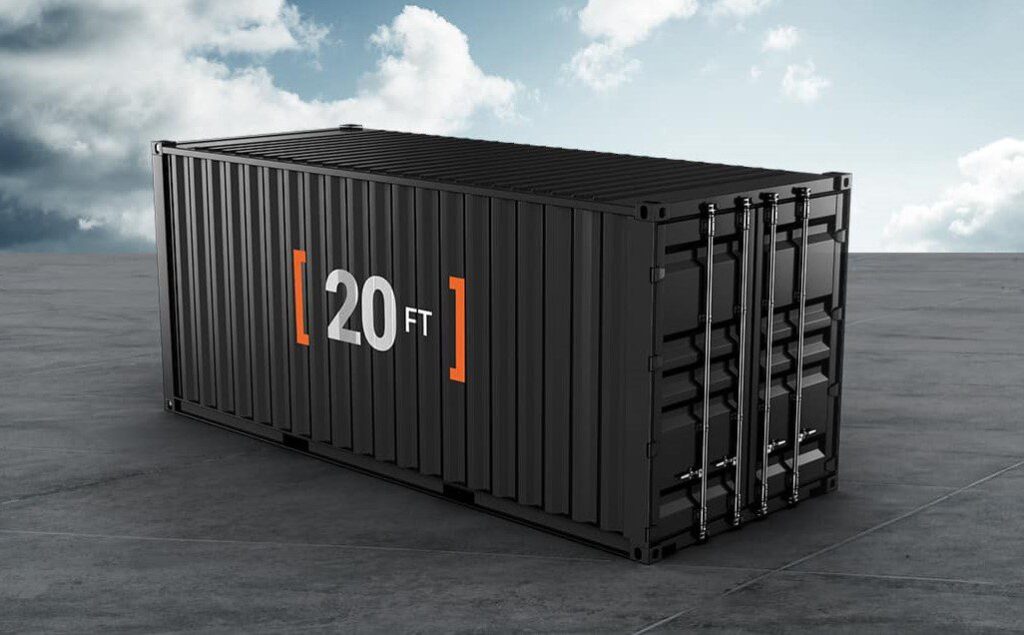
When considering the shipping from China to South Africa, understanding the costs associated with a 20 ft container is crucial for budgeting and logistics planning. The costs involved can vary based on several factors, including the shipping method, departure and arrival ports, and the nature of the goods being transported.
Cost Breakdown for 20 ft Containers
The breakdown of shipping costs for a 20 ft container can be summarized in the following table:
| Cost Component | Estimated Cost (USD) |
|---|---|
| Base Freight Rate | $1,500 – $2,500 |
| Port Charges (Loading) | $200 – $500 |
| Port Charges (Unloading) | $200 – $500 |
| Customs Duties and Taxes | 0% – 20% (varies by goods) |
| Insurance Fees | $100 – $300 |
| Documentation Fees | $50 – $100 |
| Inland Transportation | $300 – $800 |
| Total Estimated Cost | $2,650 – $5,500 |
Breakdown Explanation
- Base Freight Rate: This is the primary cost for shipping the container across the ocean. Factors such as the shipping route, demand, and fuel prices can influence this rate.
- Port Charges (Loading and Unloading): These fees cover the handling of the container at both the departure and arrival ports. They can vary depending on the port’s infrastructure and services.
- Customs Duties and Taxes: Depending on the goods being imported, customs duties can differ significantly. It’s essential to accurately assess the duty rates applicable to your shipments.
- Insurance Fees: Protecting your goods during transit is vital. Insurance costs depend on the value of the cargo and the chosen coverage extent.
- Documentation Fees: These are administrative costs associated with preparing the necessary shipping documents.
- Inland Transportation: Once the container arrives at the port in South Africa, additional costs for transporting goods to the final destination must be considered.
Understanding the full scope of costs involved in container shipping can help businesses make informed decisions and optimize their supply chain. For those importing from China, partnering with a reliable freight forwarder like Dantful International Logistics can streamline the shipping process and provide tailored solutions that enhance efficiency. With Dantful’s expertise in Customs Clearance and Insurance Services, you can navigate the complexities of international shipping with confidence.
40 ft Container Shipping Cost from China to South Africa
When importing goods from China to South Africa, understanding the costs associated with a 40 ft container is essential for accurate budgeting and effective supply chain management. This larger container size is commonly used for bulk shipments and can accommodate more cargo compared to a 20 ft container, making it a popular choice for many businesses.
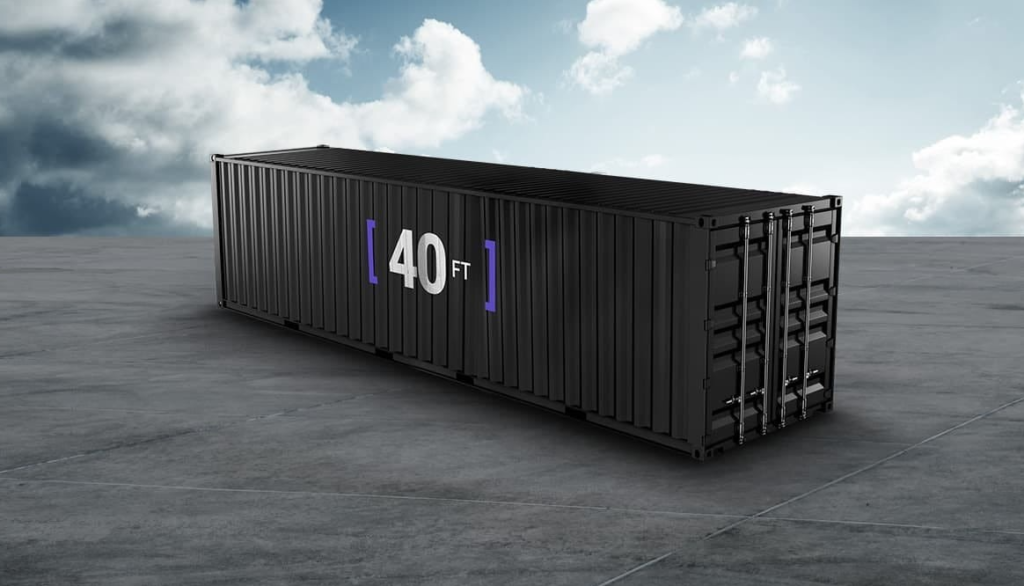
Cost Breakdown for 40 ft Containers
The following table outlines the typical cost components for shipping a 40 ft container from China to South Africa:
| Cost Component | Estimated Cost (USD) |
|---|---|
| Base Freight Rate | $2,500 – $4,000 |
| Port Charges (Loading) | $300 – $600 |
| Port Charges (Unloading) | $300 – $600 |
| Customs Duties and Taxes | 0% – 20% (varies by goods) |
| Insurance Fees | $150 – $400 |
| Documentation Fees | $100 – $200 |
| Inland Transportation | $500 – $1,200 |
| Total Estimated Cost | $4,850 – $7,800 |
Breakdown Explanation
- Base Freight Rate: The primary cost associated with shipping a 40 ft container, influenced by several factors such as shipping demand, route specifics, and the shipping line’s pricing strategy.
- Port Charges (Loading and Unloading): These operational costs cover the handling of the container at both the port of origin and the destination port, where charges can fluctuate based on port efficiency.
- Customs Duties and Taxes: These rates depend on the nature of the goods, with some products attracting higher tariffs than others based on South African import regulations.
- Insurance Fees: A critical aspect of logistics, insurance protects the value of goods in transit, with costs varying based on the insured value and chosen policy.
- Documentation Fees: These encompass the costs related to producing and processing the necessary shipping documentation and can vary among shipping companies.
- Inland Transportation: Once the container reaches South Africa, additional transportation costs are incurred to move the goods to their final destination.
Accurately assessing these costs allows businesses to plan their logistics strategy more effectively. For optimal shipping solutions, partnering with a reliable provider like Dantful International Logistics ensures that you receive expert guidance and competitive pricing.
READ MORE:
- Shipping From China To Algeria
- Shipping From China To Angola
- Shipping From China To Morocco
- Shipping From China To Nigeria
- Shipping From China To Kenya
- Shipping From China To Tanzania
- Shipping From China To South Africa
Factors Influencing Container Shipping Costs
Understanding the various factors affecting container shipping costs is essential for businesses to optimize their logistics strategies. The key factors include:
Type of Container: FCL vs. LCL
When shipping goods, you can choose between Full Container Load (FCL) and Less than Container Load (LCL) options.
-
FCL: This option is used when a company has enough goods to fill an entire container. It generally leads to lower costs per unit of goods transported since the shipping costs are distributed across more items.
-
LCL: If the goods do not fill an entire container, LCL allows companies to share container space with other shipments. While this option is more flexible, it can result in higher shipping costs per unit due to additional handling and consolidation fees.
Distance and Shipping Routes
The distance between the port of departure in China and the destination port in South Africa significantly impacts shipping costs. Longer distances generally correlate with higher freight rates. Additionally, the choice of shipping routes can affect costs, with direct routes typically being more economical than those requiring transshipment at intermediate ports.
Seasonal Variations in Shipping Costs
Shipping costs can fluctuate based on seasonal demand. For instance, periods of peak shipping demand, such as pre-holiday seasons or during significant trade expos, can lead to increased rates. Understanding these seasonal trends allows businesses to schedule shipments more strategically to avoid peak pricing.
Impact of Fuel Prices on Shipping Rates
Fuel prices directly influence shipping costs, as they represent a substantial portion of the operational expenses for shipping lines. Fluctuations in global oil prices can lead to adjustments in shipping rates, often passed on to shippers. Businesses should remain vigilant about fuel price trends and consider their potential impact on overall shipping costs.
By being aware of these factors, companies can make informed decisions when planning their shipping strategies. Leveraging the expertise of a freight forwarder like Dantful Logistics can further streamline the process, ensuring efficient and cost-effective shipping solutions tailored to your specific needs.
Additional Costs to Consider in Container Shipping
When engaging in container shipping from China to South Africa, it is crucial to recognize that various additional costs can impact the total expenditure. Understanding these costs allows for more accurate budgeting and financial planning.
Customs Duties and Taxes
Customs duties are taxes imposed by the South African government on goods imported into the country. These duties vary based on the type of goods being imported and their declared value. The following are key points to consider regarding customs duties and taxes:
- Classification of Goods: Each item falls into specific tariff codes, which determine the applicable duty rates. Accurate classification is essential to avoid costly errors.
- Value-Added Tax (VAT): In South Africa, imported goods are subject to VAT, typically levied at a rate of 15%. This tax applies to the total cost of the shipment, including customs duties and other fees.
- Exemptions and Reductions: Certain goods may qualify for reduced duties or exemptions under specific trade agreements or regulations. Importers should research applicable provisions to leverage potential savings.
Handling and Port Fees
Port-related fees can significantly contribute to the overall cost of shipping. These fees encompass various charges related to the handling of containers at both the loading and unloading ports. Key aspects include:
- Loading and Unloading Fees: Charges associated with the physical handling of containers when they are loaded onto or unloaded from ships.
- Terminal Handling Charges (THC): Fees charged for the services provided by the port terminal during the loading and unloading processes.
- Storage Fees: If containers are not cleared from the port within a specified timeframe, storage fees may apply, increasing overall costs.
Importers should account for these fees when planning shipments, as they can add up quickly and affect profitability.
Insurance Costs for Container Shipping
While shipping goods, it is vital to consider insurance costs to safeguard against potential losses or damages during transit. The following factors should be kept in mind:
- Types of Coverage: Different insurance options are available, including total loss coverage and all-risk coverage, which protect against a broader range of potential issues.
- Cost Factors: Insurance premiums are influenced by the value of the goods being shipped, the shipping method, and the level of coverage selected. Higher-value shipments typically incur higher premiums.
- Risk Assessment: Understanding the inherent risks associated with specific goods and shipping routes can help businesses determine the appropriate level of insurance coverage necessary for their shipments.
Dantful International Logistics Services:
- Dantful Ocean Freight Services
- Air Freight From China
- Amazon FBA Freight Forwarding
- WAREHOUSE Services
- One-Stop Customs Clearance Solution
- Cargo Insurance Services in China
- DDP Shipping Services By Dantful Logistics
- Out of Gauge Cargo Transportation Shipping Services
Tips for Reducing Container Shipping Costs
Implementing effective strategies can help businesses minimize their container shipping expenses without compromising service quality. Below are several actionable tips:
Choosing the Right Freight Forwarder
Selecting a reliable freight forwarder can significantly impact shipping costs. A reputable forwarder like Dantful International Logistics offers valuable insights and competitive pricing based on their extensive industry experience. When choosing a forwarder, consider the following:
- Reputation and Expertise: Research the company’s track record and customer reviews to ensure they have a strong reputation in the industry.
- Service Offerings: Look for a forwarder that provides a comprehensive range of services, including customs clearance, insurance, and warehousing, to facilitate a seamless shipping process.
Effective Planning and Scheduling
Strategic planning can lead to substantial savings in shipping costs. Key considerations include:
- Advance Bookings: Booking shipments well in advance can help secure better rates and availability, especially during peak shipping seasons.
- Flexible Shipping Dates: If possible, consider flexible shipping dates to take advantage of lower rates during off-peak periods.
Utilizing Freight Calculators
Freight calculators can provide instant estimates of shipping costs based on various parameters such as container size, weight, and destination. Using these tools allows businesses to:
- Compare Rates: Quickly evaluate different shipping options and providers to identify the most cost-effective solution.
- Budgeting: Establish accurate budgets based on estimated shipping costs, helping to avoid unexpected expenses.
Consolidating Shipments for Cost Efficiency
Consolidating shipments can lead to significant cost savings, especially for businesses that frequently import smaller quantities of goods. Consider the following strategies:
- Container Sharing: Utilize Less than Container Load (LCL) services to share container space with other shipments, reducing individual shipping costs.
- Bulk Purchasing: Whenever feasible, buy larger quantities of goods to fill an entire container (FCL). This approach can lower the cost per unit and increase shipping efficiency.
By implementing these strategies, companies can effectively manage their container shipping costs, ensuring a more favorable balance between expenditure and service quality. Collaborating with a proficient logistics partner like Dantful Logistics further enhances the shipping experience, providing tailored solutions that align with individual business needs.
FAQs
- What are the typical costs associated with shipping a 20 ft container from China to South Africa?
- The estimated total cost for a 20 ft container ranges from $2,650 to $5,500, including base freight rates, port charges, customs duties, insurance, and inland transportation fees.
- How much does it cost to ship a 40 ft container from China to South Africa?
- The total estimated cost for a 40 ft container is between $4,850 and $7,800, depending on various factors such as shipping method and port charges.
- What factors influence container shipping costs?
- Key factors include the type of container (FCL vs. LCL), distance and shipping routes, seasonal variations in shipping rates, and fluctuations in fuel prices.
- What additional costs should I consider when shipping containers?
- Additional costs include customs duties and taxes, handling and port fees, and insurance costs for safeguarding goods during transit.
- How can I reduce my container shipping costs?
- To minimize costs, consider choosing the right freight forwarder, planning and scheduling shipments effectively, utilizing freight calculators, and consolidating shipments whenever possible.
- What is the role of customs duties in shipping from China to South Africa?
- Customs duties are taxes imposed on imported goods, varying based on the type of goods and their declared value. Additionally, imported goods are subject to VAT, typically set at 15% in South Africa.
- What shipping options are available for businesses importing from China to South Africa?
- Businesses can choose between Full Container Load (FCL), where an entire container is filled with goods, and Less than Container Load (LCL), which allows sharing container space with other shipments.

Young Chiu is a seasoned logistics expert with over 15 years of experience in international freight forwarding and supply chain management. As CEO of Dantful International Logistics, Young is dedicated to providing valuable insights and practical advice to businesses navigating the complexities of global shipping.



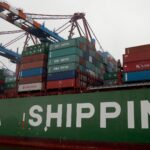



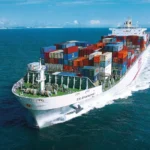
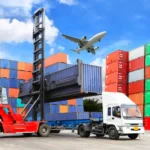
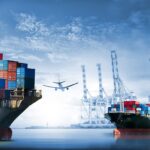
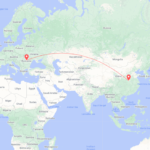
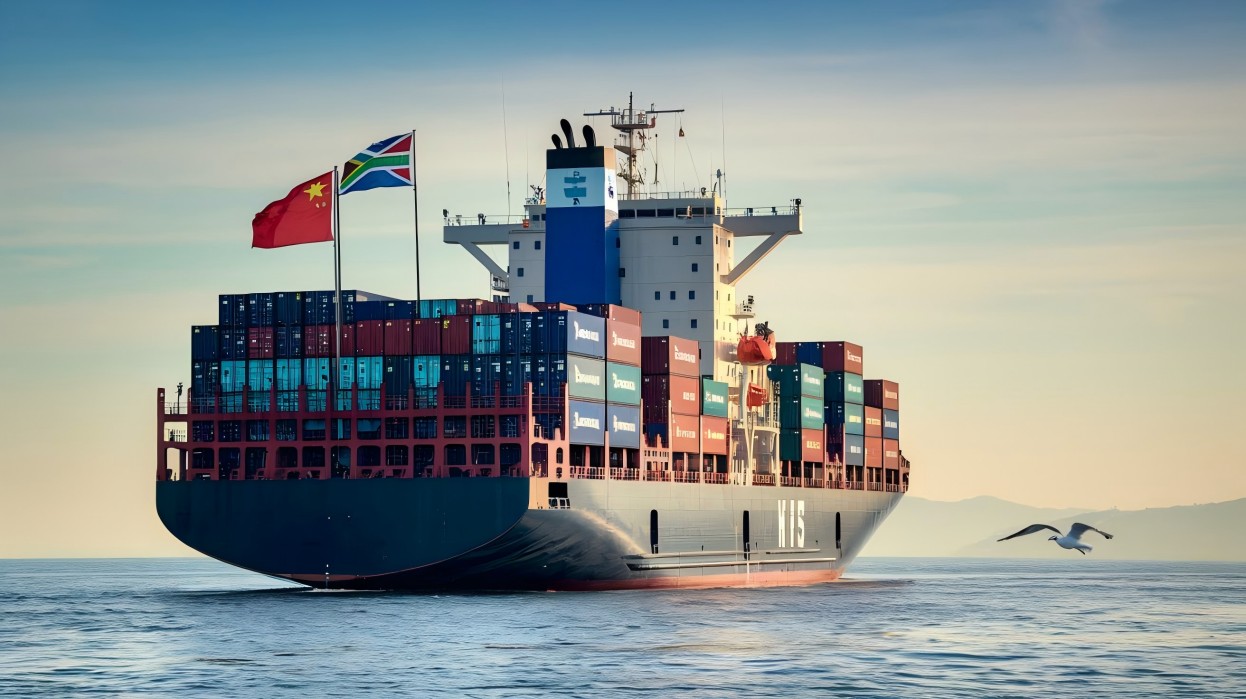
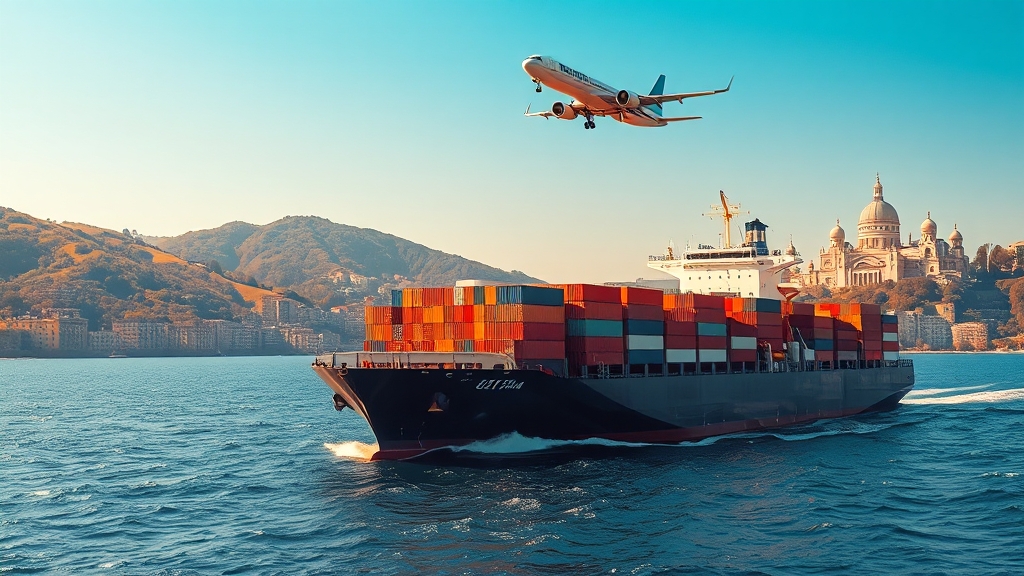
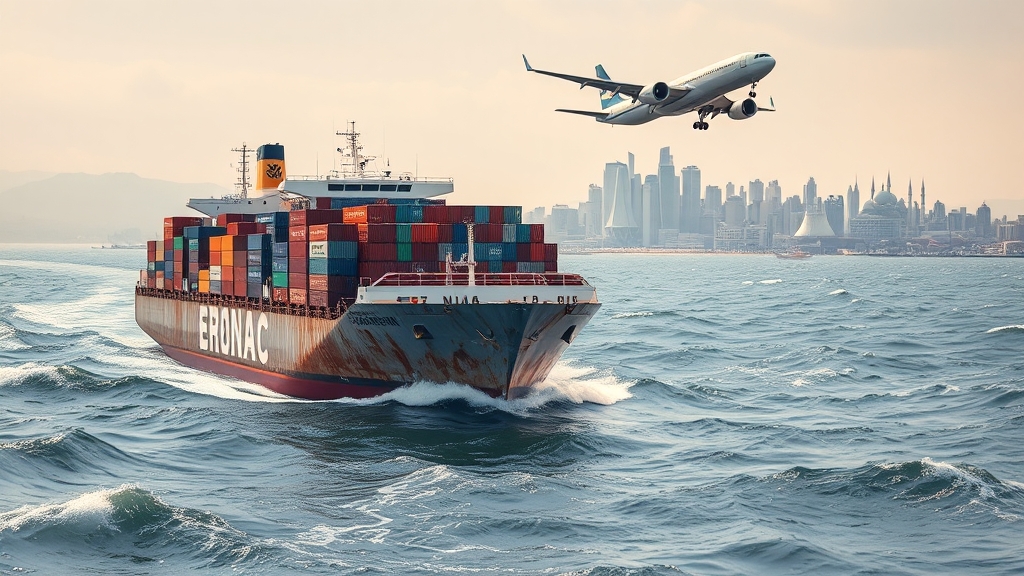
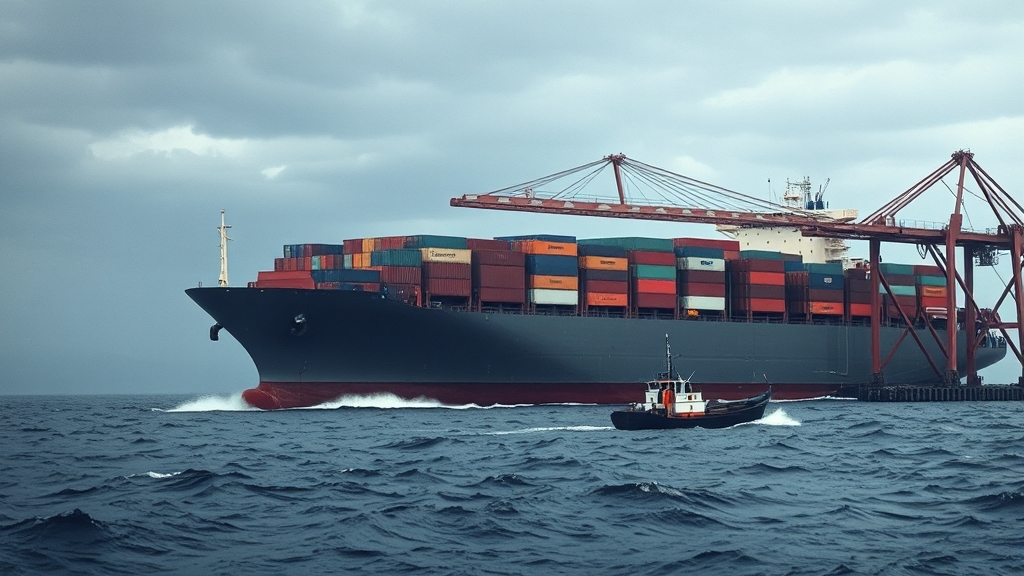
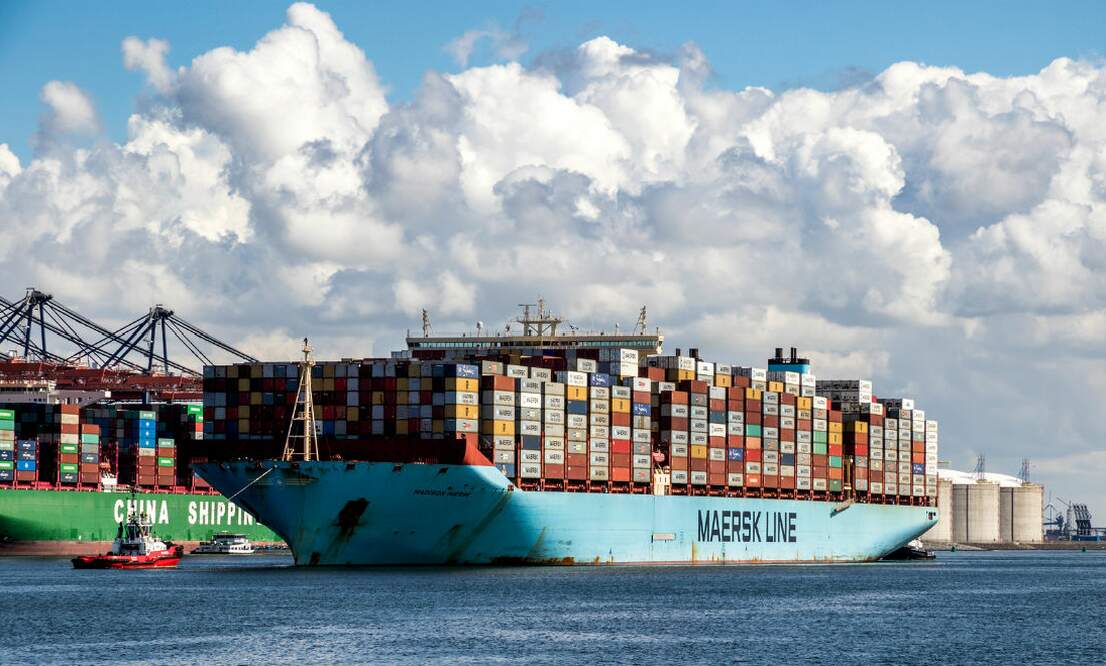





 Afrikaans
Afrikaans Shqip
Shqip አማርኛ
አማርኛ العربية
العربية Հայերեն
Հայերեն Azərbaycan dili
Azərbaycan dili Euskara
Euskara Беларуская мова
Беларуская мова বাংলা
বাংলা Bosanski
Bosanski Български
Български Català
Català Cebuano
Cebuano Chichewa
Chichewa 简体中文
简体中文 繁體中文
繁體中文 Corsu
Corsu Hrvatski
Hrvatski Čeština
Čeština Dansk
Dansk Nederlands
Nederlands English
English Esperanto
Esperanto Eesti
Eesti Filipino
Filipino Suomi
Suomi Français
Français Galego
Galego ქართული
ქართული Deutsch
Deutsch Ελληνικά
Ελληνικά Kreyol ayisyen
Kreyol ayisyen Harshen Hausa
Harshen Hausa Ōlelo Hawaiʻi
Ōlelo Hawaiʻi עִבְרִית
עִבְרִית हिन्दी
हिन्दी Hmong
Hmong Magyar
Magyar Íslenska
Íslenska Igbo
Igbo Bahasa Indonesia
Bahasa Indonesia Gaeilge
Gaeilge Italiano
Italiano 日本語
日本語 Basa Jawa
Basa Jawa ಕನ್ನಡ
ಕನ್ನಡ Қазақ тілі
Қазақ тілі ភាសាខ្មែរ
ភាសាខ្មែរ 한국어
한국어 كوردی
كوردی Кыргызча
Кыргызча ພາສາລາວ
ພາສາລາວ Latin
Latin Latviešu valoda
Latviešu valoda Lietuvių kalba
Lietuvių kalba Lëtzebuergesch
Lëtzebuergesch Македонски јазик
Македонски јазик Malagasy
Malagasy Bahasa Melayu
Bahasa Melayu മലയാളം
മലയാളം Maltese
Maltese Te Reo Māori
Te Reo Māori मराठी
मराठी Монгол
Монгол ဗမာစာ
ဗမာစာ नेपाली
नेपाली Norsk bokmål
Norsk bokmål پښتو
پښتو فارسی
فارسی Polski
Polski Português
Português ਪੰਜਾਬੀ
ਪੰਜਾਬੀ Română
Română Русский
Русский Samoan
Samoan Gàidhlig
Gàidhlig Српски језик
Српски језик Sesotho
Sesotho Shona
Shona سنڌي
سنڌي සිංහල
සිංහල Slovenčina
Slovenčina Slovenščina
Slovenščina Afsoomaali
Afsoomaali Español
Español Basa Sunda
Basa Sunda Kiswahili
Kiswahili Svenska
Svenska Тоҷикӣ
Тоҷикӣ தமிழ்
தமிழ் తెలుగు
తెలుగు ไทย
ไทย Türkçe
Türkçe Українська
Українська اردو
اردو O‘zbekcha
O‘zbekcha Tiếng Việt
Tiếng Việt Cymraeg
Cymraeg יידיש
יידיש Yorùbá
Yorùbá Zulu
Zulu